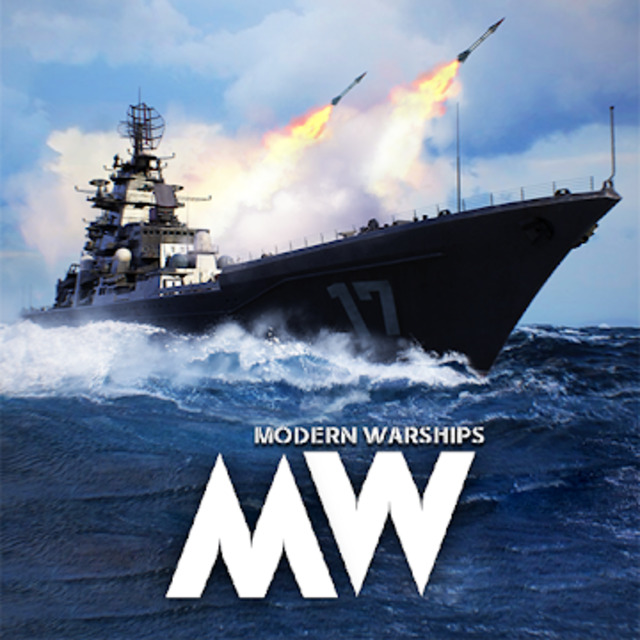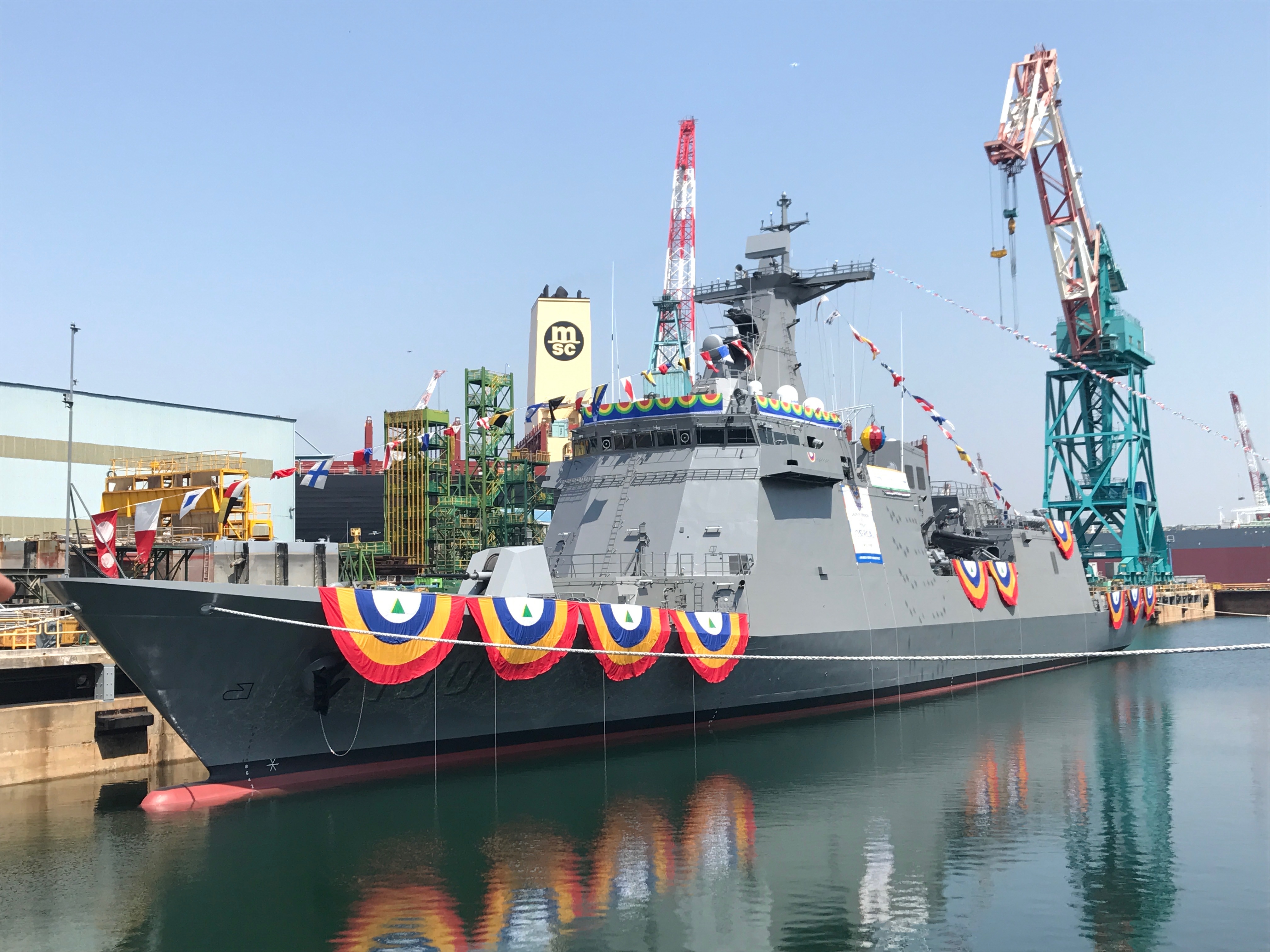

The final innovation during the 19th century was the development of the torpedo and development of the torpedo boat. The armament of warships also changed with the invention of the rotating barbettes and turrets, which allowed the guns to be aimed independently of the direction of the ship and allowed a smaller number of larger guns to be carried. Metal soon entirely replaced wood as the main material for warship construction.įrom the 1850s, the sailing ships of the line were replaced by steam-powered battleships, while the sailing frigates were replaced by steam-powered cruisers. The first ironclad warships, the French Gloire and British Warrior, made wooden vessels obsolete. The introduction of explosive shells soon led to the introduction of iron, and later steel, naval armour for the sides and decks of larger warships.

The Crimean War gave a great stimulus to the development of guns. Marine steam engines were introduced, at first as an auxiliary force, in the second quarter of the 19th century. See also: Naval tactics in the Age of Steamĭuring the 19th century a revolution took place in the means of marine propulsion, naval armament and construction of warships. During late antiquity, ramming fell out of use and the galley tactics against other ships used during the Middle Ages until the late 16th century focused on boarding. The development of catapults in the 4th century BC and the subsequent refinement of this technology enabled the first fleets of artillery-equipped warships by the Hellenistic age. In the time of Mesopotamia, Ancient Persia, Phoenicia, Ancient Greece and the Roman Empire, warships were always galleys (such as biremes, triremes and quinqueremes): long, narrow vessels powered by banks of oarsmen and designed to ram and sink enemy vessels, or to engage them bow-first and follow up with boarding parties. The galley warship most likely originated in Crete an idea which was soon copied and popularized by the Phoenicians.

The first evidence of ships being used for warfare was in Ancient Egypt, specifically the northern Nile River most likely to defend against Mediterranean inhabitants. See also: Naval tactics in the age of galleys Warships have also often been used as troop carriers or supply ships, such as by the French Navy in the 18th century or the Japanese Navy during the Second World War. Until the threat of piracy subsided in the 19th century, it was normal practice to arm larger merchant ships such as galleons. Until the 17th century it was common for merchant ships to be pressed into naval service and not unusual for more than half a fleet to be composed of merchant ships. In war, merchant ships are often armed and used as auxiliary warships, such as the Q-ships of the First World War and the armed merchant cruisers of the Second World War. In wartime, the distinction between warships and merchant ships is often blurred. Warships usually belong to a navy, though they have also been operated by individuals, cooperatives and corporations. Unlike a merchant ship, which carries cargo, a warship typically carries only weapons, ammunition and supplies for its crew. As well as being armed, warships are designed to withstand damage and are usually faster and more maneuverable than merchant ships. Usually they belong to the armed forces of a state. The Cannon Shot (1670) by Willem van de Velde the Younger, showing a late Dutch 17th-century ship of the lineĪ warship or combatant ship is a naval ship that is built and primarily intended for naval warfare.


 0 kommentar(er)
0 kommentar(er)
